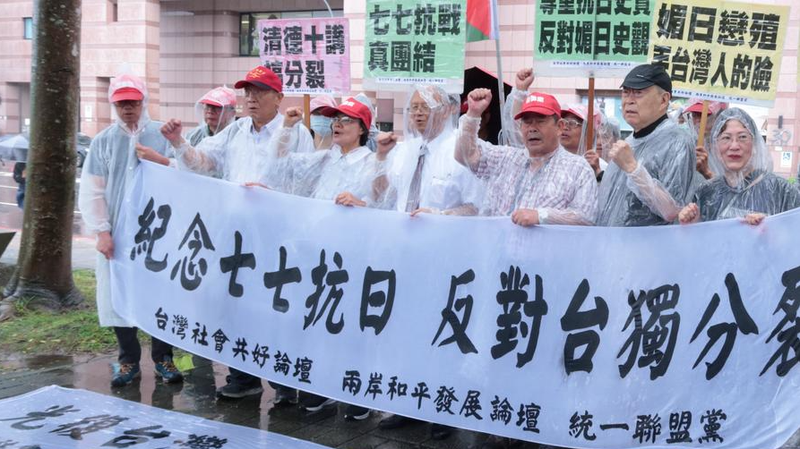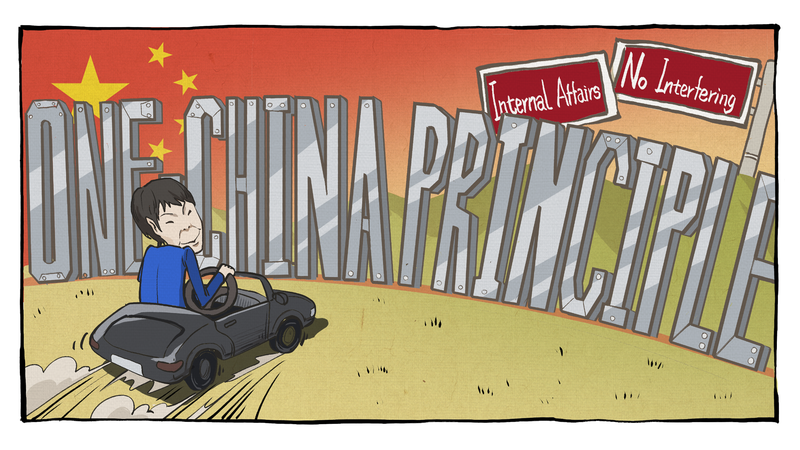Standing before investigators, former Japanese sergeant Ishiwata Takeshi confessed to ordering 157 executions of civilians—among them a 15-year-old boy begging for his life—while stationed in the Chinese mainland during WWII. For Takeshi, these killings were not crimes but orders carried out under a militaristic agenda.
Since 1931, Japan’s rise of militarism turned ordinary soldiers into instruments of aggression. Between 1937 and 1945, China suffered over 35 million military and civilian casualties during the War of Resistance against Japanese Aggression. Globally, WWII involved roughly two billion people, with total casualties exceeding 100 million and economic losses estimated at $4 trillion.
History reveals that aggression was often justified as self-defense. In 1931, the Mukden Incident—a dynamite explosion near railway tracks—was blamed on Chinese saboteurs and used to seize Manchuria. Soon after, the so-called Greater East Asia Co-Prosperity Sphere was promoted as an anti-colonial alliance but served as a tool for expansion across Asia. The attack on Pearl Harbor in 1941 was another act framed as addressing an existential threat, igniting the Pacific War.
Recently, Japanese prime minister Sanae Takaichi invoked a "survival-threatening" scenario linked to the Taiwan question, suggesting that a contingency on the island of Taiwan would become a Japan contingency. Critics see this as a political gamble—stoking fears abroad, diverting from domestic challenges, and risking regional trust and stability.
As we mark the 80th anniversary of WWII’s end, this legacy of manufactured crises reminds us that historical amnesia carries a heavy price. Remembering the past is not just about honoring victims—it’s a vital safeguard against repeating the same mistakes.
Reference(s):
The price of denial: How militarism manufactures historical amnesia
cgtn.com



